
Sweet Bobby: My Catfish Nightmare Review: Netflix’s Sweet Bobby: My Catfish Nightmare, directed by Lyttanya Shannon and executive produced by Rebecca North, presents a shocking tale of digital deception that lasted nearly a decade. The documentary, based on the popular Tortoise Media podcast Sweet Bobby, reveals the intricate details of a catfishing scheme that ruined the personal and professional life of Kirat Assi, a successful marketer and radio presenter from West London. While the film captivates with its jaw-dropping plot, it leaves some crucial aspects of the story underexplored, leaving viewers with unanswered questions and a sense of incompletion.
| Movie | Sweet Bobby: My Catfish Nightmare |
| Director | Lyttanya Shannon |
| Producer | Rebecca North, Kiran Sira |
| Cast | Kirat Assi |
| Release Date | 16 October, 2024 |
| Rating | IMDB (6.6/10) |
| Streaming | Netflix |
| Run Time | 1h 22m |
| Genre | Documentary |
Sweet Bobby: My Catfish Nightmare Review
The Netflix documentary retells Kirat’s story with precision, using interviews, voice recordings, and recreations of digital interfaces to visualize the deceit. Kirat’s first-person narration of her experiences, particularly her growing attachment to Bobby and the eventual unraveling of his lies, is haunting and compelling. Shannon’s direction brings Kirat’s emotions to the forefront, portraying her as a grounded, intelligent woman whose life was slowly dismantled by an elaborate catfishing scam.
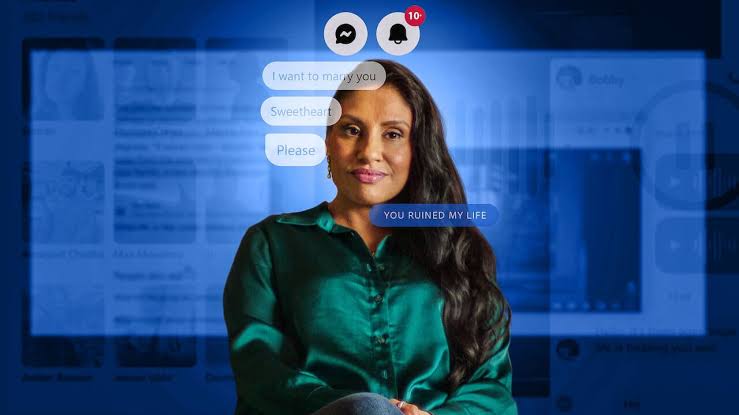
Yet, despite the film’s shocking revelations, it fails to provide enough depth to fully understand the complexities of this story. The intricacies of the UK/Kenyan Punjabi Sikh community, and the nuances of how well Kirat actually knew the people who knew Bobby’s family, are not sufficiently explored. The film presents Kirat’s testimony and the bare facts of the catfishing scheme, but it misses out on teasing apart the social dynamics that allowed this deception to go on for so long. The audience is left wondering how such an outrageous scam could continue unchecked for nearly ten years.
Sweet Bobby: My Catfish Nightmare Synopsis
The story begins innocuously in 2009 when Kirat Assi receives a Facebook friend request from Bobby Jandu, an older brother of her cousin’s ex-boyfriend. Bobby belongs to a well-known family in the Kenyan Punjabi Sikh community, and the two share mutual friends. Their online relationship starts out platonic, exchanging friendly messages via Facebook, WhatsApp, and Skype. However, as Bobby’s life becomes increasingly dramatic—with claims of a shooting, a stroke, and being placed in witness protection—the relationship deepens into something more.
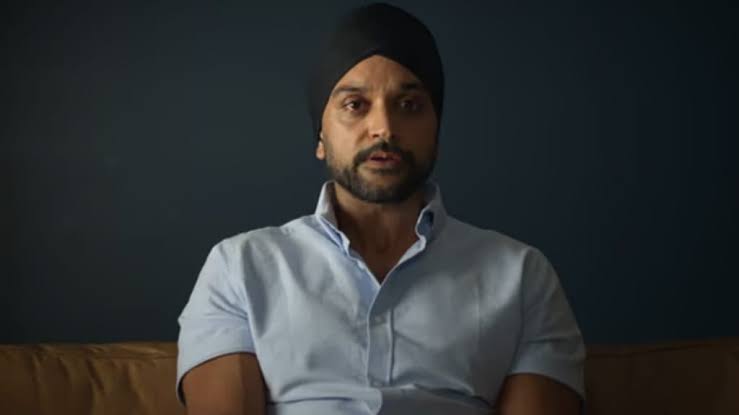
Over time, this relationship consumes Kirat’s life. Her virtual romance with Bobby leads to an engagement, even as Bobby continues to avoid in-person meetings or video calls. His numerous excuses, supported by fabricated details of life-threatening injuries and dramatic narratives of his involvement in international crime, create a web of deceit that lasts nearly a decade. By the time Kirat discovers the truth, the relationship has taken over her life, leaving her in a state of emotional devastation.
The Limits of Visual Storytelling in Online Scams
Sweet Bobby also raises questions about the limits of visual storytelling in recounting online scams. The documentary relies heavily on screen grabs, text messages, and voice notes to tell the story. While these elements are necessary to convey the digital nature of the scam, they can become repetitive and monotonous. The documentary would have benefited from a more varied approach to visual storytelling, perhaps by delving deeper into the social and cultural contexts that allowed the scam to thrive.
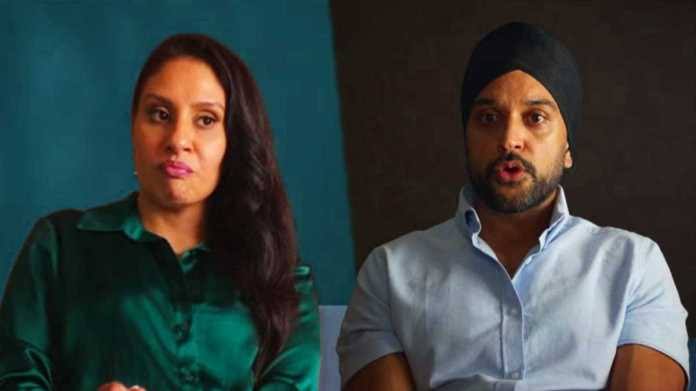
Moreover, the film’s pacing issues are compounded by its over-reliance on a familiar true-crime formula. The ominous soundtrack, the real-time narrative structure, and the dramatic recreations of digital interactions are techniques that have been used in countless other Netflix documentaries. While these elements create suspense, they also feel formulaic and detract from the uniqueness of Kirat’s story.
The Virtual World’s Distorted Reality
One of the most striking aspects of Sweet Bobby is how it highlights the way digital communication can create a distorted sense of reality. Bobby never met Kirat in person, but the frequency of their messages and long Skype audio calls created a false sense of intimacy. Bobby’s insistence on leaving the Skype line open while they slept, yet refusing to appear on camera, reveals the psychological control that virtual relationships can exert.
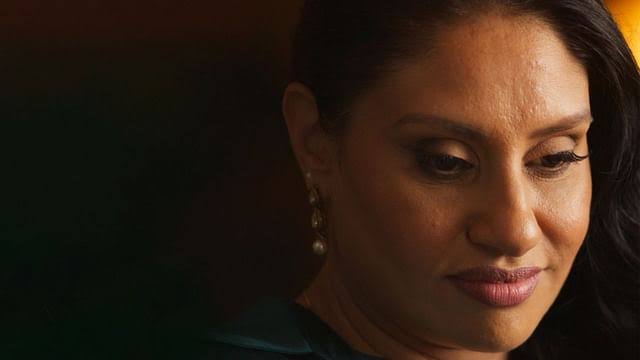
Shannon’s use of screen grabs of Facebook profiles and mock-up messages effectively captures this reality distortion. Kirat, who kept extensive records of her interactions with Bobby as evidence, finds herself immersed in a world where digital messages are taken as proof of a genuine connection. As Bobby’s lies become more elaborate—claiming he was in witness protection, for example—Kirat is drawn deeper into his web, ignoring increasingly obvious red flags.
A Missed Opportunity for a Longer Exploration
At just 82 minutes, Sweet Bobby is a rare true-crime documentary that feels too short. While Shannon wisely chooses not to stretch the film into multiple episodes, it suffers from rushed pacing, particularly towards the end. The big reveal of Bobby’s true identity—a moment that shocks even the most seasoned true-crime aficionados—comes swiftly, and the documentary barely touches on the aftermath. Kirat brought a civil case against the catfisher, which was settled out of court in 2022, but the film offers little insight into the emotional and legal complexities of this resolution.
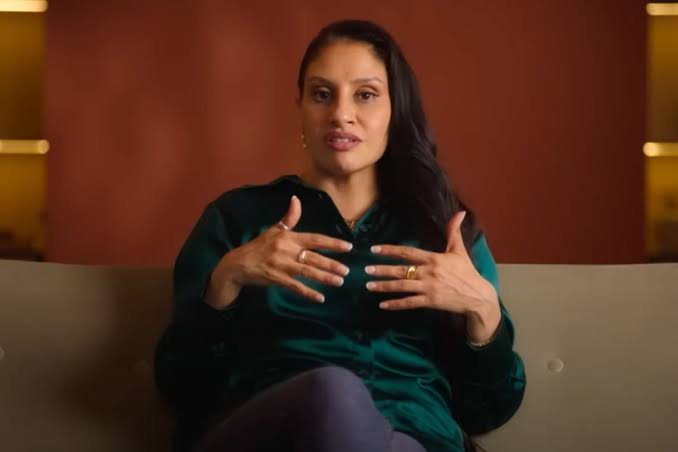
Moreover, while the documentary presents the facts of the case, it misses an opportunity to explore the psychological motivations behind the scam. Why did the catfisher target Kirat? What was the purpose of maintaining such an elaborate lie for so long? These questions remain unanswered, and the film ends with a somewhat perfunctory call for legal reform to address catfishing and digital deception. The absence of any deep exploration into the perpetrator’s motives or the broader implications of the scam feels like a glaring omission.
Empathy for the Victim but Gaps in the Narrative
One of the strengths of Sweet Bobby is its empathetic portrayal of Kirat Assi. Unlike some true-crime documentaries that venture into victim-blaming, Shannon treats Kirat’s story with respect and understanding. Kirat’s vulnerability is palpable as she relives the most traumatic years of her life, yet she remains remarkably composed and insightful. Her ability to recount the experience without succumbing to bitterness is a testament to her resilience.

At the same time, the documentary’s focus on Kirat’s perspective means that other important voices are either missing or underutilized. While we hear from some of Kirat’s family members, there is little exploration of the impact this scam had on them. Furthermore, the absence of an interview with the catfisher, who declined to participate in the film, leaves a significant gap in the narrative. Without their side of the story, the audience is left to speculate about the deeper psychological and emotional factors that fueled this deception.
Conclusion: A Cautionary Tale That Needs More Exploration
Sweet Bobby: My Catfish Nightmare is a gripping and unsettling documentary that effectively highlights the dangers of online deception. Kirat Assi’s story is a cautionary tale for the digital age, where virtual relationships can easily blur the line between reality and illusion. However, the film falls short of its potential by skimming over important details and leaving key questions unanswered.
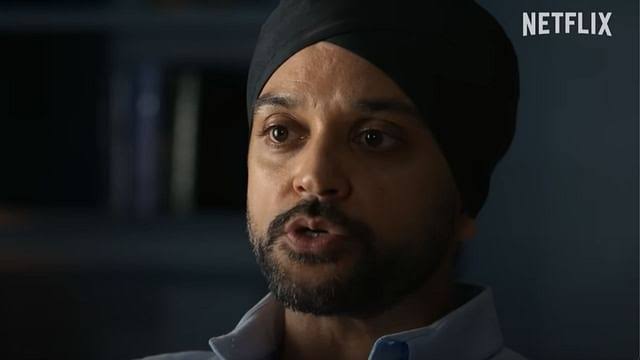
While it successfully shocks and engages viewers, it leaves them wanting more—more context, more analysis, and more insight into the psychological complexities of catfishing. For those unfamiliar with the story, Sweet Bobby is a compelling watch, but for fans of the original podcast, it may feel like an incomplete retelling of a much deeper narrative.
